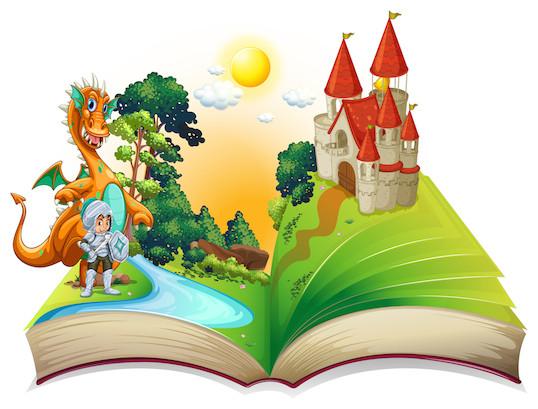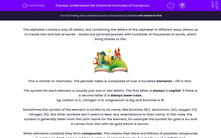The alphabet contains only 26 letters, but combining the letters of the alphabet in different ways allows us to create lots and lots of words - books are jammed packed with hundreds of thousands of words, which bring stories to life!

This is similar to chemistry. The periodic table is composed of over a hundred elements - 118 in fact.
The symbol for each element is usually just one or two letters. The first letter is always a capital. If there is a second letter it is always lower case.
eg. carbon is C, nitrogen is N, magnesium is Mg and bromine is Br
Sometimes the symbol of the element is similar to its name, like bromine (Br), aluminium (Al), oxygen (O), nitrogen (N). But other symbols don't seem to bear any resemblance to their name. In this case, the symbol is generally taken from the Latin name for the element, for example the symbol for gold is Au and it comes from the Latin for gold which is aurum.
When elements combine they form compounds. This means that there are billions of possible compounds in existence. Each compound has a unique chemical formula. It is made up of symbols and sometimes numbers. The symbols tell us which elements are in the compound, and the numbers tell us how many atoms of each element are in a molecule of the compound. For example CO2
It's really important that you can identify which elements are in a compound, so recognising the symbols is key.
Let's have a go at some questions about chemical formulae.
.jpg)








